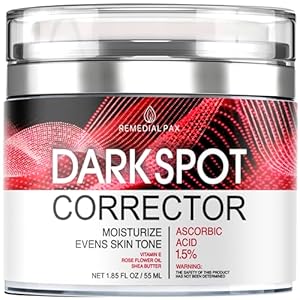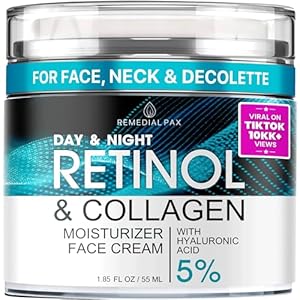
Researchers studying neurodegenerative conditions have increasingly focused on the role of microglia in recent years. Microglia are innate immune cells analogous to the macrophages found in the rest of the body. They undertake a broad range of tasks including defense against pathogens, destruction of malfunctioning cells, coordination of tissue maintenance and regeneration, and assisting in alterations to the networks of synaptic connections between neurons necessary for the function of the brain. With age, some microglia become overly active and inflammatory, while others become senescent, further exaggerating those behaviors. This is disruptive and harmful to the brain.
Separately, a body of evidence suggests that cholesterol metabolism in the brain becomes dysfunctional with age. The brain is separated from the rest of the body by the blood-brain barrier and the two sides separately conduct transport, recycling, and manufacture of cholesterol. Every cell needs cholesterol, an important component in cell membranes, but too much cholesterol in any given cell is toxic. A balance of manufacture, transport, and recycling is thus important. Outside the brain cholesterol is only manufactured in the liver and distributed via the circulatory system. In the brain, cholesterol is primarily manufactured by astrocytes, a large population of cells. The brain is much more cholesterol-rich than other tissues, and cholesterol metabolism is correspondingly more important.
Linking these two topics, dysregulation of cholesterol metabolism appears to be involved in inflammatory microglial dysfunction. Excess cholesterol in the form of lipid droplets is observed in microglia in the aged brain, for example. Further, the APOE protein is involved in cholesterol transport, and one of the variant sequences, APOEε4, is associated with a greater risk of Alzheimer’s disease. Researchers have shown that this variant increases the vulnerability of microglia to cholesterol excess, making microglia more inflammatory and disruptive to brain tissue. Today’s open access paper expands upon this link between cholesterol, microglia, and Alzheimer’s disease.
Microglial States Are Susceptible to Senescence and Cholesterol Dysregulation in Alzheimer’s Disease
Cellular senescence is a major contributor to aging-related degenerative diseases, including Alzheimer’s disease (AD), but much less is known about the key cell types and pathways driving senescence mechanisms in the brain. We hypothesized that dysregulated cholesterol metabolism is central to cellular senescence in AD. We analyzed single-cell RNA-seq data from the The Religious Orders Study / Memory and Aging Project (ROSMAP) and Seattle Alzheimer’s Disease Brain Cell Atlas (SEA-AD) cohorts to uncover cell type-specific senescence pathologies.
In ROSMAP single nuclei RNA-seq data (982,384 nuclei from postmortem prefrontal cortex), microglia emerged as central contributors to AD-associated senescence phenotypes among non-neuronal cells. Homeostatic, inflammatory, phagocytic, lipid-processing, and neuronal-surveillance microglial states were associated with AD-related senescence in both ROSMAP (152,459 microglia nuclei from six brain regions) and SEA-AD (82,486 microglia nuclei) via integrative analysis.
We assessed top senescence-associated bioprocesses and demonstrated that senescent microglia exhibit altered cholesterol-related processes and dysregulated cholesterol metabolism. We identified three gene co-expression modules representing cholesterol-related senescence signatures in postmortem brains. To validate these findings, we applied these signatures to snRNA-seq data from induced pluripotent stem cell derived microglia(iMGs) exposed to myelin, amyloid-β, apoptotic neurons, and synaptosomes. Treatment with AD-related substrates altered cholesterol-associated senescence signatures in iMGs.
This study provides the first human evidence that dysregulated cholesterol metabolism in microglia drives cellular senescence in AD. Targeting cholesterol pathways in senescent microglia is an attractive strategy to attenuate AD progression.
Trending Products











